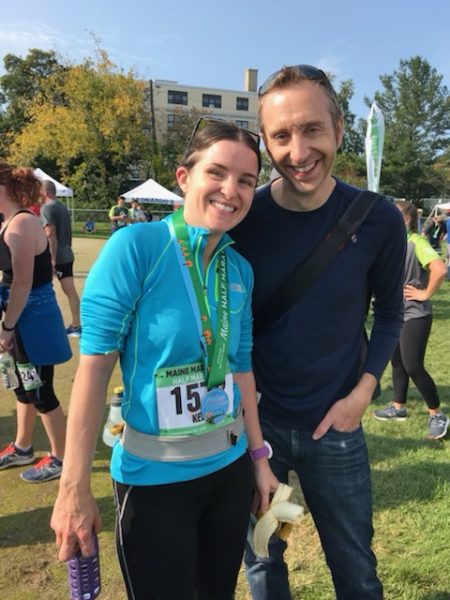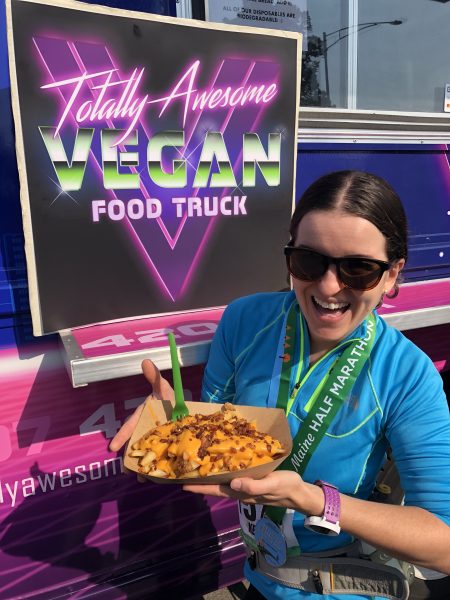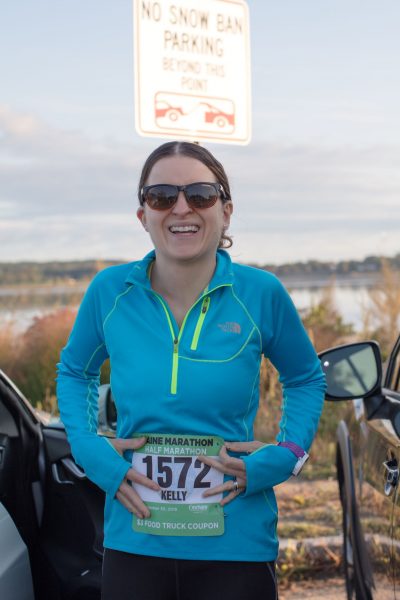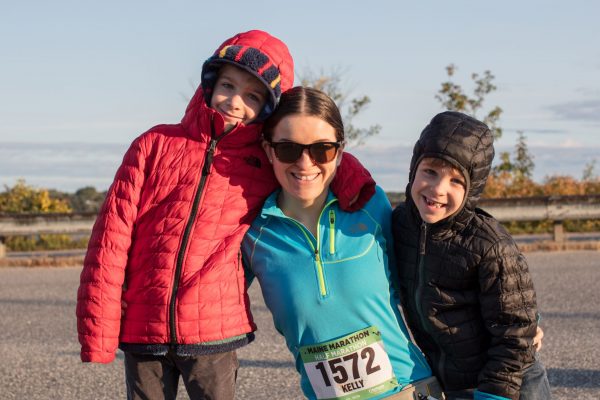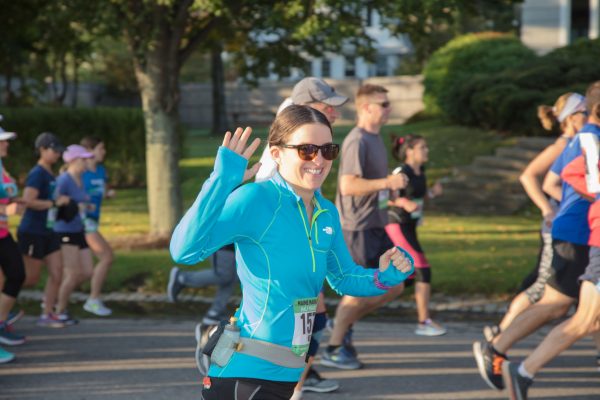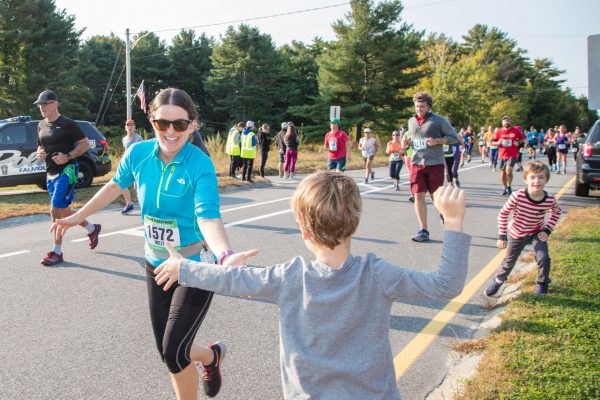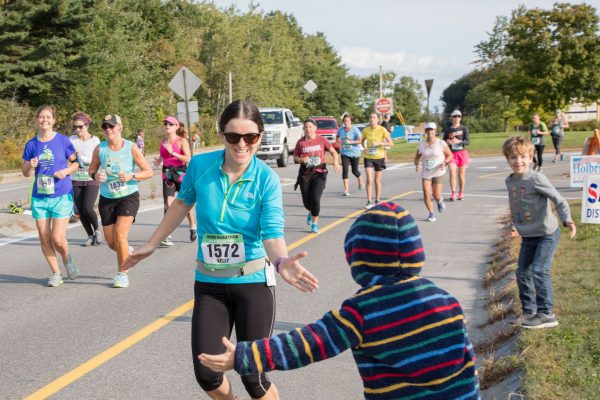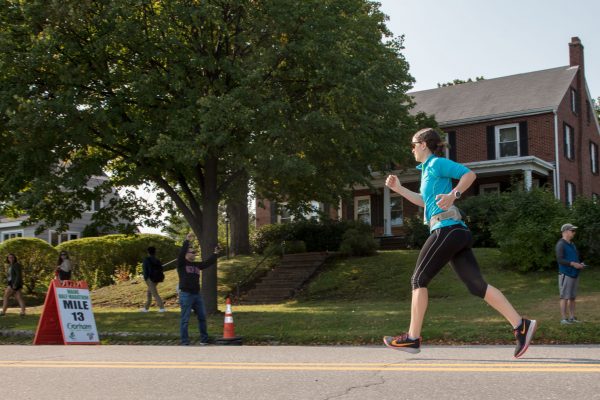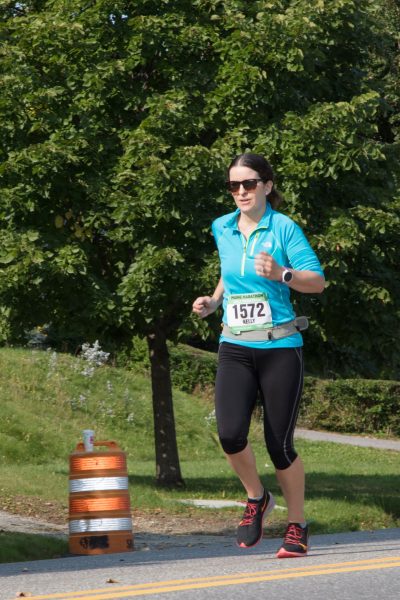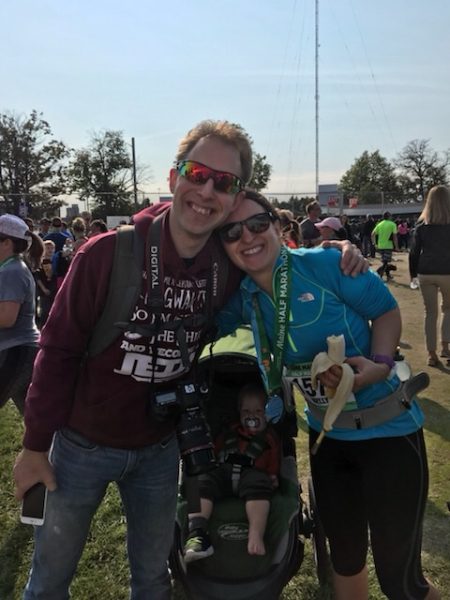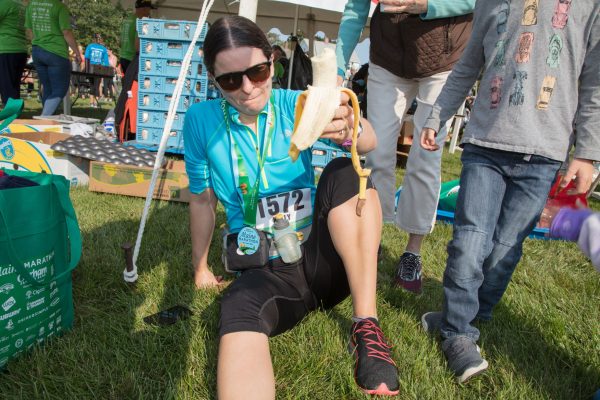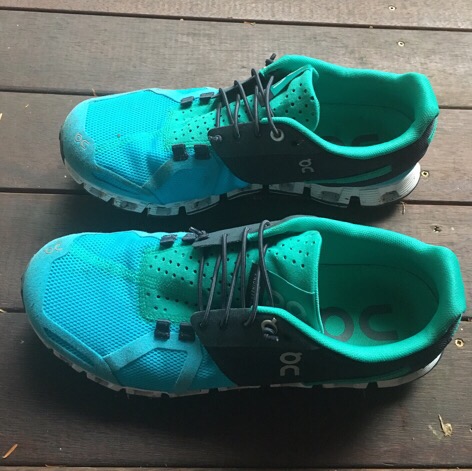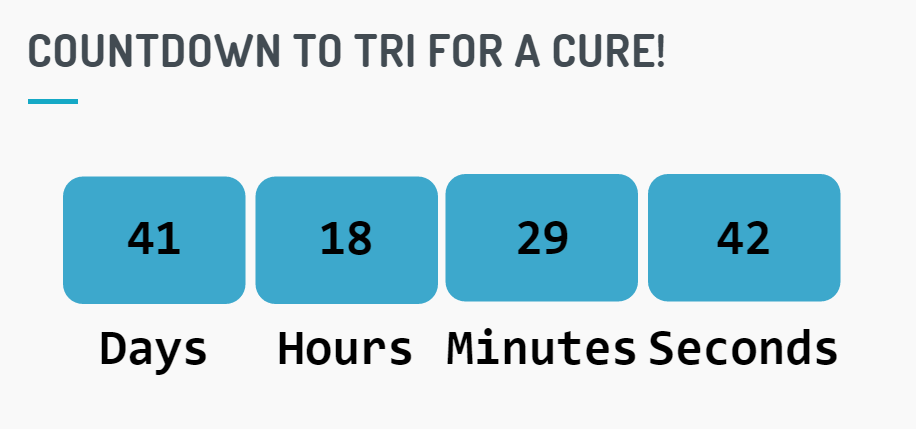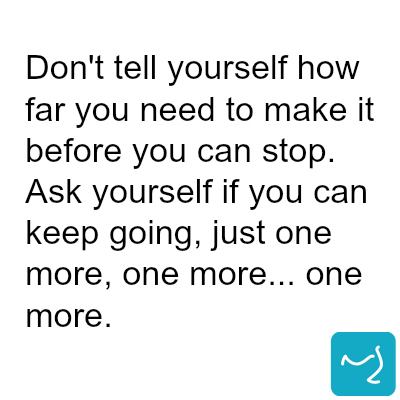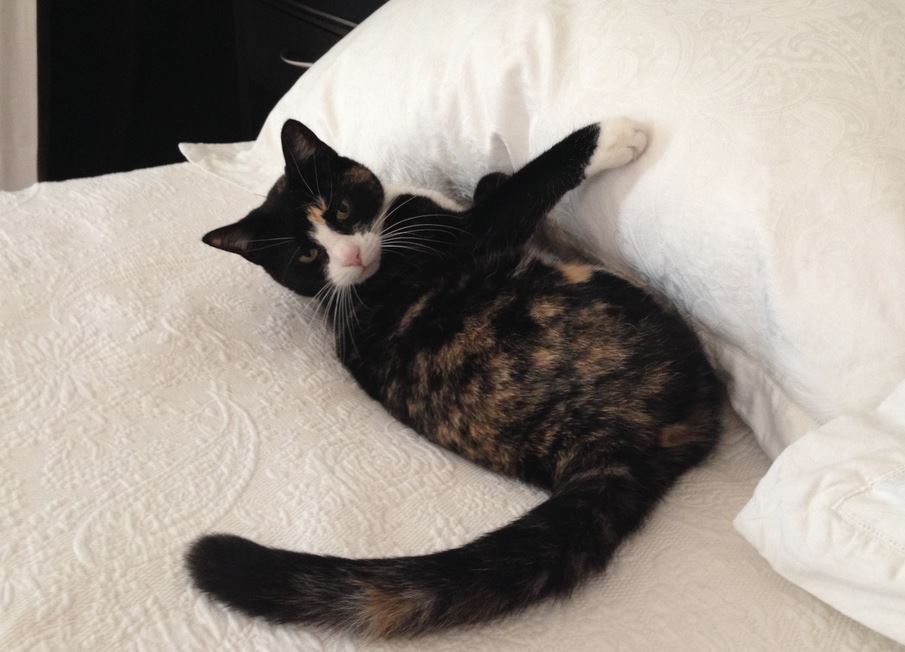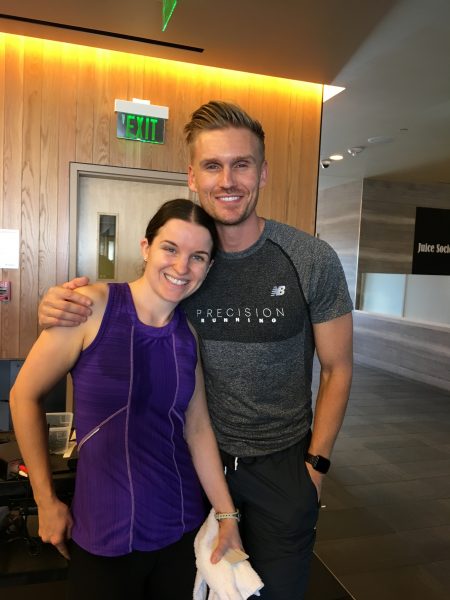
I still remember the day I ran my best half marathon.
I trained hard for it, but just as importantly, I trained smart for it.
I followed an actual training plan based on my best 5k pace. Factoring in my 5k time reduced the guesswork when it came to how just how much I could push without going so far that I couldn’t complete the next workout. I did intervals, tempo runs and long runs at prescribed paces and it worked. I shaved over 5 minutes off my half marathon PR.
I trusted in the research-backed methodology behind the training plan I chose, and that trust paid off and I ran the best race of my life.
Well, I got to take Precision Running from David Siik today at the Equinox in Chestnut Hill, and I have to tell you, I trust David Siik.
David flew up to Boston to check out the progress on the new Precision Running Lab we’re getting at Chestnut Hill, and this is where things get really cool. David has worked with Equinox to create the ultimate running experience where every part of the lab is thoughtfully designed.
Coming Soon! Equinox Chestnut Hill’s Precision Running Lab
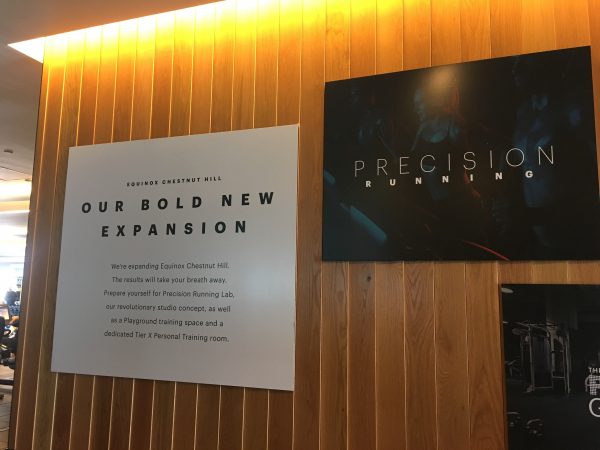
Take sound. David did research, interviewed sound technicians and even did his own study in Precision Running to determine what music is best for an interval treadmill class.
He chose non-lyrical trance/techno music.
Before you lament the absence of “Turn Down For What” to push you through that final interval, consider what happens in your brain when you’re hearing instructions from your running coach and lyrics from a popular song simultaneously. Your brain has to hear them both, separate them, and decode each of them. It happens so quickly that we don’t really notice the mental work that’s happening behind the scenes, but it has an effect.
Siik told us that participants in his class who listened to popular music and paused every 15 minutes to write down the intervals they’d just done only had a 20% success rate, whereas participants who were listening to non-lyrical techno had a 70% success rate. David then launched into a discussion of MRI brain scans and the amygdala, but I think the benefit of not having lyrics competing with your running coach for your attention is self-evident even without advanced knowledge of brain function. (Though I do like knowing the designer of my favorite running class has that knowledge.)
David’s goal for the new Precision Running Lab is for all the features of the room (lighting, music, right down to the monitored oxygen levels) to blend so perfectly with the experience and efforts on the treadmill that their absence would be noticed more than their presence.
To test whether his choice of music was working, he once took a section of one song and played it over 20 times during class then asked people how many songs they thought had played. Most people guessed about 4 or 5… no one had any idea that they’d been listening to a song fragment on repeat.
And that’s what Siik is going for. An environment and experience so complementary to your efforts that it fades into the background until it’s just you and your running.
About Precision Running
Precision Running uses your 1 minute PR pace as a marker for determining your pace for each interval. (1 minute per mile slower, 2 minutes per mile slower, 30 seconds per mile faster, etc.) This allows everyone to participate at the “just right” level for them. Wherever you are in your running, this class is designed to move you forward as efficiently as possible by stretching your limits.
Note: Your 1 minute PR is a starting point – if you need to tweak it during class, David suggested dialing back .3 on the treadmill and then continuing to add speed incrementally. Taking a step back and then continuing to progress is better physically and emotionally than just holding a set speed. Push hard, but be smart and careful, too.
There’s a freedom in letting go of what you expect you can do, and trusting and believing that if you can run 1 minute at X speed, you can complete this workout and it will make you faster and stronger. That freedom keeps me from holding myself back; it pushes me forward and improves my running in ways I couldn’t if I picked my own workouts.
Precision Running contains a lot of incline work and set recovery periods, two things I personally struggle with incorporating into my own workouts. I’m a big fan of the unlimited recovery and flat track workouts, and my pace suffers for it.
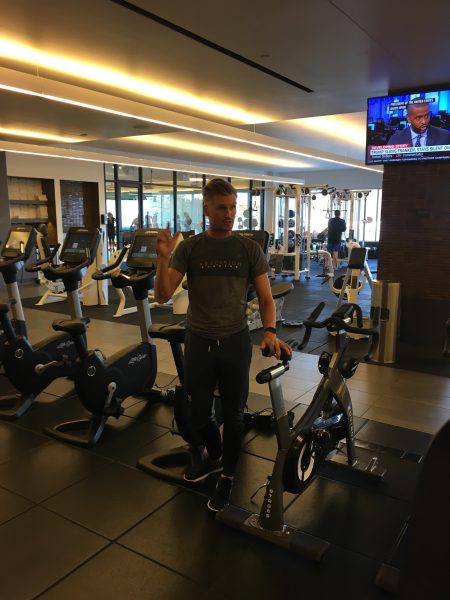
Taking class from David Siik and listening to him talk with our class afterward, I was impressed by the amount of work he has put into the science behind running to create the ultimate treadmill workout experience for Precision Running. He’s written a book called The Ultimate Treadmill Workout, and has put years of research and experience as a runner, coach and instructor into creating the Precision Running interval workouts.
He’s also an incredibly nice and approachable guy. He hung out after class and talked to a bunch of us for half an hour, radiating enthusiasm about the new Precision Running Lab, the people of Boston, and runners in general. He posed for photos with us, answered questions about training, and listened carefully when regulars shared their experiences with Precision Running.
I was so pumped after class to have met him.
I started this blog because I was training for my first half marathon and I wanted running to feel more accessible to newcomers, to add a voice from the back of the starting line. To connect with other runners who admired but couldn’t relate to the speedsters out there in the running blogosphere. Meeting David Siik, I felt such admiration for what an incredible person and bright light in the running community he is. He wants everyone to be able to love running, to be able to have a challenging workout that meets them exactly where they’re at and makes them better. That speaks to me.
So. What do you need to know about David Siik and Precision Running?
Trust him.
There’s a reason behind everything.
You can read more about the features of the incoming Chestnut Hill Precision Running Lab in this article from Boston Magazine, and more about Siik’s selection of non-lyrical music for workouts from DJ Mag. Interested in other Equinox Chestnut Hill Classes? I’ve tried (almost) everything. Read my recaps.
